Botanical Illustration
THE COMPLETE GUIDE

Botanical Illustration
THE COMPLETE GUIDE
L EIGH A NN G ALE

THE CROWOOD PRESS
First published in 2018 by
The Crowood Press Ltd
Ramsbury, Marlborough
Wiltshire SN8 2HR
www.crowood.com
This e-book first published in 2018
Leigh Ann Gale 2018
All rights reserved. This e-book is copyright material and must not be copied, reproduced, transferred, distributed, leased, licensed or publicly performed or used in any way except as specifically permitted in writing by the publishers, as allowed under the terms and conditions under which it was purchased or as strictly permitted by applicable copyright law. Any unauthorised distribution or use of thistext may be a direct infringement of the authors and publishers rights, and those responsible may be liable in law accordingly.
British Library Cataloguing-in-Publication Data
A catalogue record for this book is available from the British Library.
ISBN 978 1 78500 428 5
Frontispiece: Camellia x williamsii Bow Bells (Leigh Ann Gale)
DEDICATION
This book is dedicated to my mother Janet Hewitt-Winch for launching my botanical illustration career after giving me a newspaper article featuring the English Gardening Schools Botanical Painting Diploma course. I also dedicate this book to my grandfather Walter Winch, an exquisite draughtsman, whose precise and detailed drawing skills I was so fortunate to inherit.
Contents
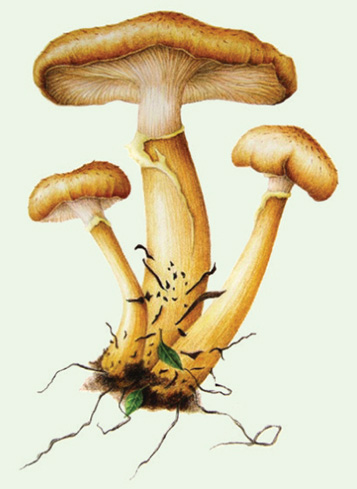
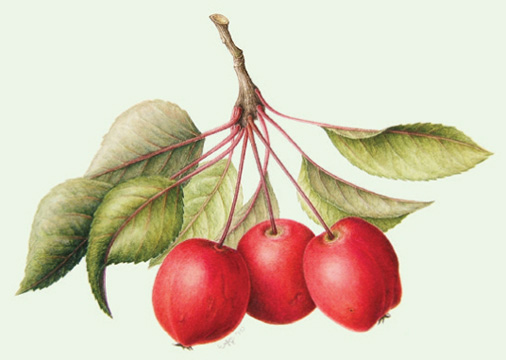
Preface
W hen I am teaching, a common question I am asked is how did I start in botanical illustration? I begin answering by giving my students a brief explanation of my inherent obsession and desire to see detail in art, which is something I have always strived to achieve in my own artwork. As a child, I remember feeling mesmerized as I watched my grandfather meticulously render technical drawings of complex water supply components, with exceptional skill and absolute precision, and I was never satisfied until any drawing I made contained as much detail as I could practically manage, whether I was aged six or sixteen. I studied art at school, completed a diploma in technical illustration and studied graphic design at art college, before pursuing a career as a graphic designer. Throughout each stage of my artistic career, my focus has always been about achieving a high level of detail in everything I have created. Even when I attempted my hand at a looser approach to art at an evening course in flower painting, I found I still had an irresistible urge to add detail into my paintings. I eventually found the perfect opportunity to combine this obsession with my love of plants and flowers, and embarked upon the diploma in botanical painting at The English Gardening School based at the Chelsea Physic Garden.

 Morus nigra, Mulberries. LEIGH ANN GALE
Morus nigra, Mulberries. LEIGH ANN GALE
It is the exacting requirements of precision and attention to detail which are necessary for true, scientific botanical illustration, when traditionally, the emphasis is on the accurate depiction of a species through the observed study and accurate drawing of its structures and components often with the addition of magnifications and dissections to help explain botanical information in greater detail. Because botanical illustrations are intended to educate and convey information, they need to be clearly and logically devised to enable the viewer to be transported around them methodically, but illustrators may also produce such works which are aesthetically beautiful as well. Sometimes, botanical illustration and botanical art are considered the same thing; however, in botanical art, the artist may demonstrate a more levelled persuasion to both art and science or, in some cases, predominantly art; the work is still scientifically accurate but may have emphasized artistic attributes to it at the same time.
The purpose of this book is to provide a means by which botanical illustration can be approached methodically by students, to accomplish a good, competent standard. However, it is hoped that it may also serve as a useful reference to those artists who have already gained some experience in the subject as well. It highlights the importance of the requisite skills of close observation, accurate drawing, and attention to detail, and at the same time explains and demonstrates my own personal approach to the subject which I have developed over the years. I hope this book provides you with inspiration, and proves to be a valuable resource alongside your quest to draw and paint your own botanical illustrations.
Introduction
A fter many years of teaching botanical illustration, it has become apparent to me that students learn significantly better through demonstration. I often sit down with a student or group of students to show them my approach, which they may in turn try for themselves or adapt to suit their own hand. In my experience, it seems that most visually aware students prefer this method of teaching, rather than any verbal descriptions of how techniques are perfected, and processes are followed. It is this realization of students needs that this book has evolved. During discussions with many students, the overarching request for inclusion in an instruction book is that of demonstration. Therefore, I have endeavoured to include a case study; a real, worked example of a painting which demonstrates and puts into practice each of the varied stages of botanical illustration, including selection and preparation of a subject; observational drawing, composition skills, and painting processes. Using a visual step-by-step format, I have also included a chapter that deals with specific painting techniques of some of the most popular topics on which students often ponder. These are techniques that I personally have adopted over the years, which may differ from those of other artist tutors, but nevertheless offer solutions for effectively solving specific painting challenges.
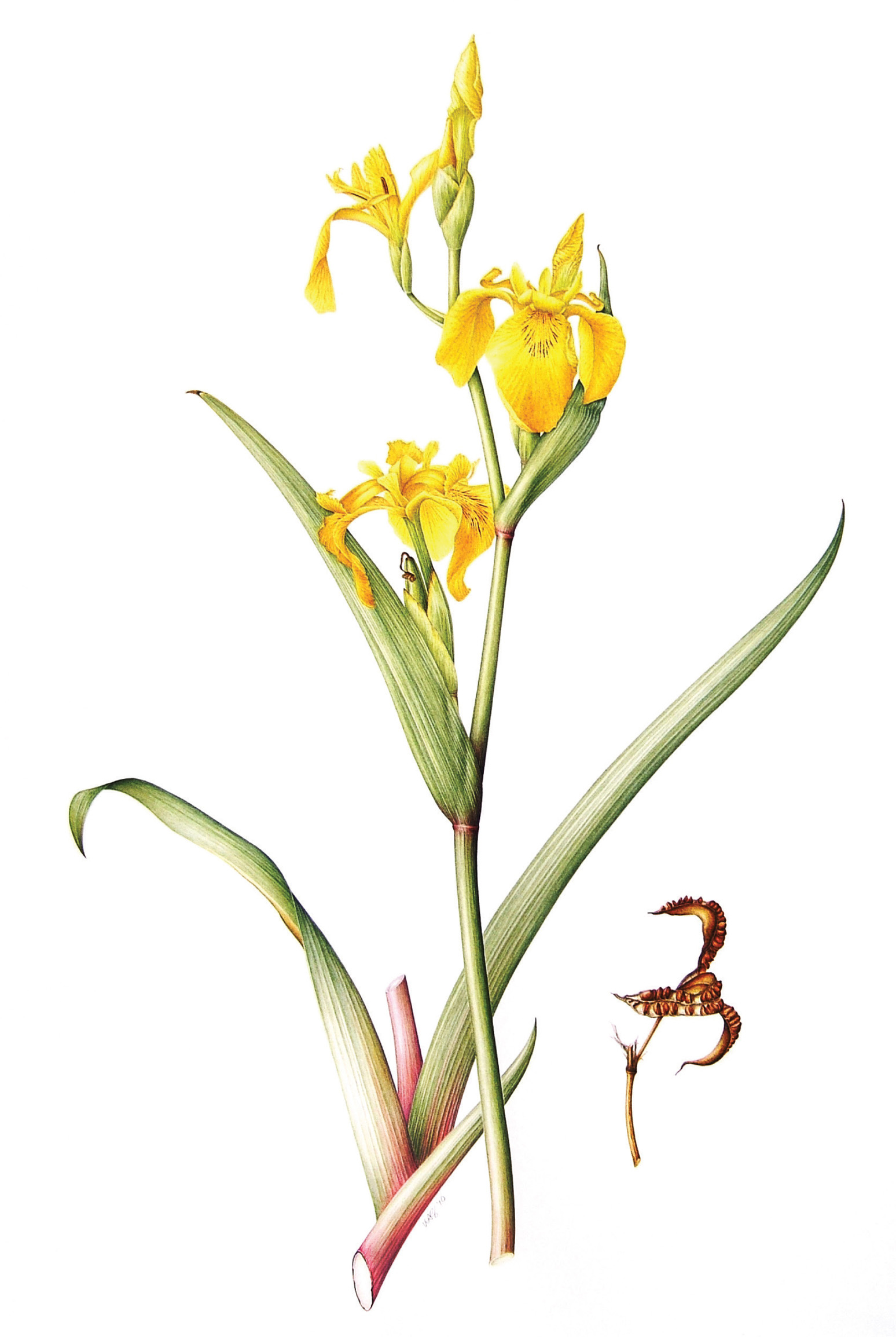
 Yellow Flag Iris and seeds. LEIGH ANN GALE
Yellow Flag Iris and seeds. LEIGH ANN GALE
To achieve competency in botanical art and illustration it is without question that a good level of understanding of botany is required. It is not necessary that should be sufficient to aid most students. A botanical glossary is also included to support this, and appears at the end of the book.
In addition to the fundamental skills-based processes, I have included a comprehensive materials and equipment list for drawing and painting, and recommendations for equipment of other media such as coloured pencils and ink. Information about mounting and framing botanical paintings is given in . I have devoted a chapter to colour which for many, presents notable challenges, and can often prove to be a stumbling block at the painting stage. Basic colour theory is addressed, as well as guidance given on mixing colours accurately to match specimens, and how to build up and make the most of your own palette of watercolours.
Next page
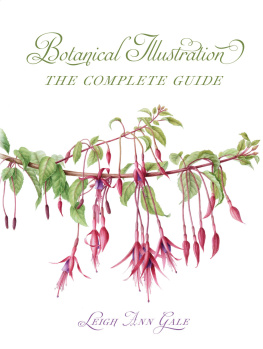

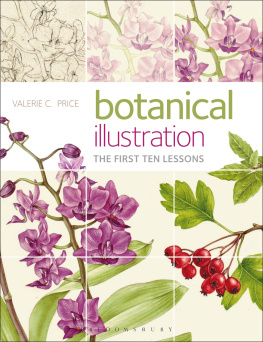
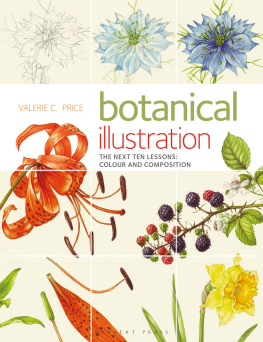


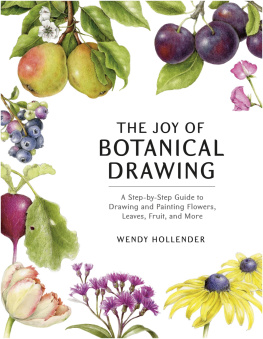

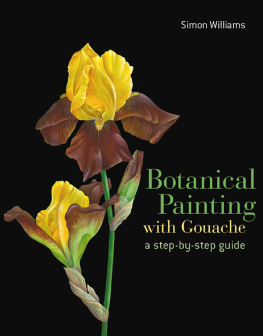
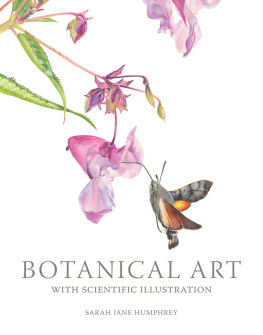







 Morus nigra, Mulberries. LEIGH ANN GALE
Morus nigra, Mulberries. LEIGH ANN GALE